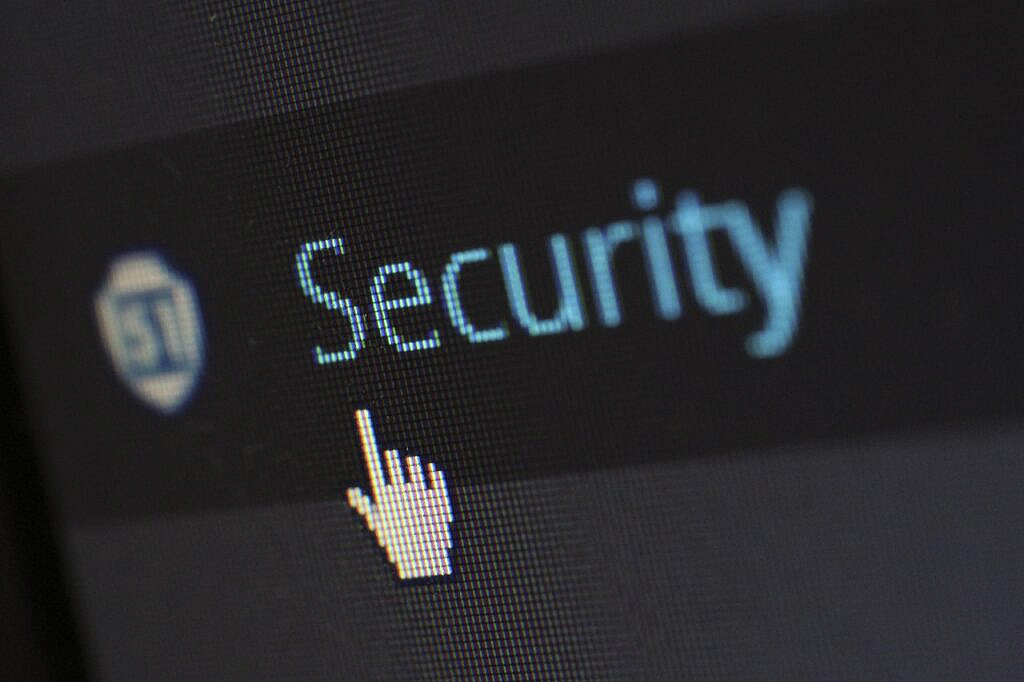

You must have heard of different types of cyber-attacks that happen worldwide and cause a significant threat to all online users’ data.
Phishing is yet another most common cyber-attack faced by individuals and companies while they are making an effort to keep their information safe. This attack uses distinguished email as a weapon.
While for individuals, it is dangerous because it provides access to that person’s personal information. It is dangerous for companies that hold a good amount of information about their users, including passwords, credit card numbers, and other personal information. The hackers tend to use various ways of communication like emails, social media, and phone calls to steal as much data as they can and have businesses as their number one target. They later tend to sell this information forward, which helps them earn a lot more than they anticipate.
When they happen, these attacks make the other person believe that the email is extremely important and tricks them into clicking on the link or downloading the attachment. The attacker does that by assuming the identity of a trusted entity and tricks the user. Sadly different phishing scams have happened over the years that have left a mark on the world.
There are different types of phishing scams that can cause you huge damage; let’s have a look at the most common ones so you can identify if you get attacked by one.
One of the most common types of phishing scams is email phishing. The hacker registers a fake domain mimicking a real organization sending out countless email requests. The hacker also uses the organization’s name in the local part of the email address to ensure that the recipient clicks on the email. A phishing email always asks you to click on a particular link or even download attachments.
Spear phishing is sending emails to a specific person whose particular information is present with the hacker. That data includes their name, employment details, job title, email addresses, and more. One of the most famous data breaches in history was done through spear phishing.
In this particular attack, telephones tend to replace emails as the communication method. It involves the hackers sending text messages, and vishing is a telephone conversation. A hacker might pose as someone who they are not and make up a situation where the recipient will be made to share their personal information with him, like providing credit card details or other secure information to prove their identity.
Whaling scams are more familiar with senior executives, and the end goal is the same as other attacks, only the techniques are a bit different. The most common sort of scams involves tax returns because it helps you get helpful information like address, name, bank account information, and other details.
Therefore, to help businesses and individuals, it is essential to know how phishing scams work and how they can protect themselves.
So below, some of the most valuable steps have been listed to help you and your company from all sorts of phishing scams:
Whiling phishing scams are more common than other types of cyberattacks, and it is not impossible to protect yourself from them. While they can cause damage to you by getting access to your sensitive information, different effective ways can help you to protect yourself and your company from these scams.
Ensure that you share your personal information with someone whose identity is known to you, so you do not fall for the various scams. Also, keep updating your security plans and precautions, so you always stay protected.